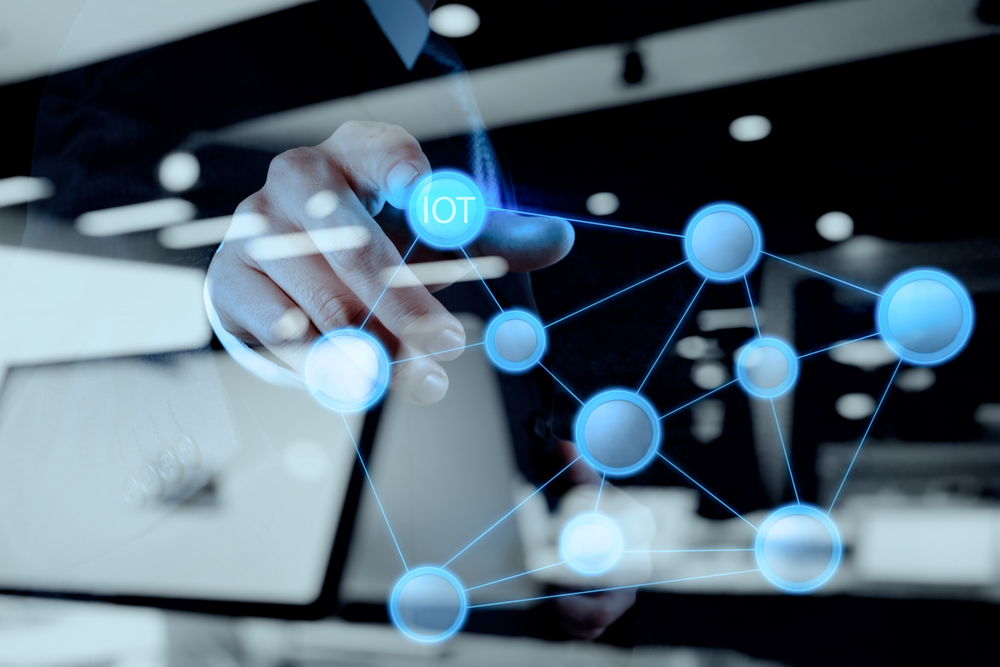History has taught that as technology continues to progress, it transforms the way people work and how businesses operate.
Long-term predictions are so speculative, they can be almost impossible to act upon, but in the near future visibility is clearer.
The consumerisation of IT is an inevitable trend and an aspect that will certainly play an increasingly important role in the future of work.
On 29 October 1969, scientists connected a computer at the University of California in Los Angeles to a remote computer at SRI International in Menlo Park, California. ARPANET, the precursor to the internet, was born.
Two years later, the internet protocol ‘TCP/IP’ was created as a lingua franca for computers around the world to communicate with each other. The rest is internet history.
Increasing integrations
The internet allows individuals to make use of the multitude of services available, at the same time services themselves are increasingly being interconnected and integrated.
A strong trend in recent years is the Internet of Things, a phenomenon describing how an increasing number of objects, with embedded technology, and machine-to-machine communication have the ability to connect and share information.
>See also: Modern challenges in store for the Internet of Things
Many times these processes are fully automated. Shopping, energy management and logistics are some examples of areas where these solutions can be found today.
A similar parallel and equally important trend can be seen in software. Automated integrations in apps that we use in our daily life are now a reality. The possibility to create smart, user-friendly automated integrations in order to perform various tasks, communicate, create content, and back-up important data, between applications, not only with regards to consumer driven business apps, is easier than ever before.
What’s more, you no longer need hordes of expensive consultants to customise these. As this trend gains increasing traction, what does this mean for the way organisations operate?
APIs are increasingly being used to connect different kinds of services with each other in order to exchange and gather information. This means companies and organisations can conduct business more effectively.
For example, a web page might store geographical information from its user in a cookie and make use of other services such as Google Maps to render that geographical information as a visual map, and make that map available to the end user of the web page.
A whole subset of the internet today is busy sending information back and forth between services – no people are directly involved in those transactions, just computers, but ultimately these computers are serving people.
Apps in collaboration
More and more services are being interconnected like this. And integrations aren’t just working the back-end but are often accessible for the users to customise features, increasing the user experience and productivity.
Thanks to integration platforms, the process of setting up links between services is easy and within the reach of average users, not just programmers.
Zapier and IFTTT are two well-known examples. Zapier lets you automate tasks between two apps you’ve connected with its service. In other words, a tie-in, called a ‘Zap’, created on Zapier would look like this: “If this happens in app A, then app B should react like this.”
An integration platform makes it very easy to set up custom flows of information between two or more sources. Irrespective of all the tools team members within an organisation use for collaboration, most employees still use email as a key hub for communication.
Using an integration platform, and linking emails with other sources such as GoogleSheets or social media, means whatever an individual does, it will probably at some point pass through their inbox.
By way of example, this type of integration, which can easily be done with Zapier, can automatically send every email that contains specific keywords for a project directly to a Kanban board in a project collaboration tool and create an action.
>See also: Could blockchain power the Internet of Things?
In this sense, businesses can streamline processes and work more effectively. Integrations allow teams to exchange knowledge, solve problems and better manage projects.
Work management and collaboration tools, while incredibly useful on their own, can become virtual water coolers if left unmanaged. In a marketplace that demands fantastic customer experience and immediate response in the delivery of products and services, companies need tools and methods that enable greater transparency into work and better automation between the tools that impact the end customer experience.
The latest innovations in technology have the potential to empower organisations to increase their productivity and efficiency.
The future of work is not just about continuing to streamline processes, improve efficiencies and get things done. This year and beyond will see companies and individuals beginning to explore the advantages of the ‘Internet of Software’.
By combing best-of-breed apps on desktop and mobile, putting these into business-specific use, exploring the possibilities of integrations, and automating tedious or standardised tasks, the result will allow teams to focus on value-creation and increased productivity. Ultimately this will improve the bottom line of an organisation.
Sourced from Per Wising, director of product management for Projectplace, Planview










